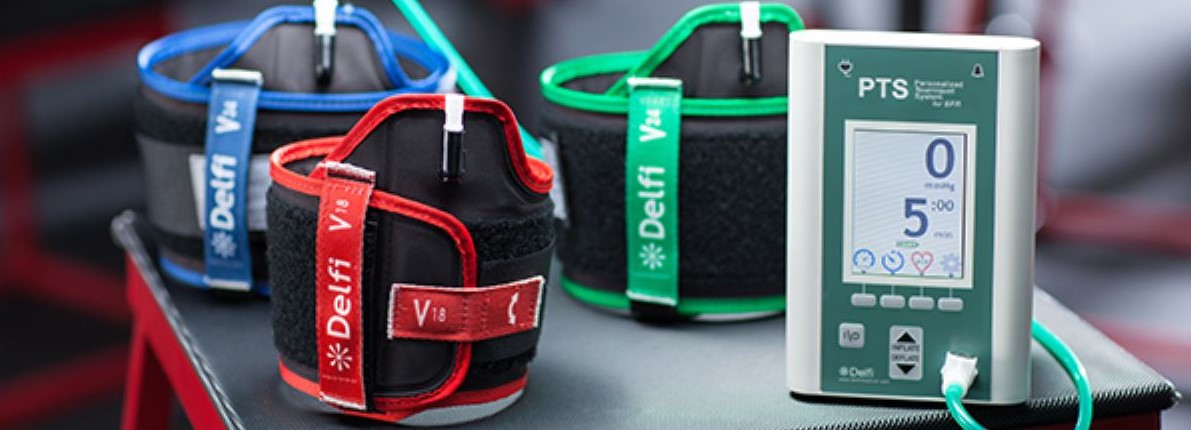Blood Flow Restriction
MAKE GREATER STRENGTH GAINS EARLY IN YOUR RECOVERY

WHAT IS BLOOD FLOW RESTRICTION THRERAPY?
Blood flow restricted (BFR) therapy is the use of brief and intermittent venous occlusion (restriction of blood flow in the veins) using a tourniquet device while performing specific exercise. Traditionally, a heavy load and maximal efforts are required to produce a hypertrophic (growth) response and make strength gains. However, with BFR, you can replicate similar gains with a significantly lower workload allowing for a quicker progression through rehabilitation protocols and ultimately a faster return to sport.
HOW DO I GET STARTED?
The goal of BFR is to restrict blood flow just enough to create an appropriate stimulatory response and therefore the amount of pressure used will vary between individuals. The size of your limb, the density of the soft tissue, your resting blood pressure, and the placement of the tourniquet system will determine the appropriate setting for your therapy session. Your physical therapist will gather this information to determine the optimal pressure for your treatment and discuss any potential contraindications to ensure your safety and understanding.
WHAT SHOULD I EXPECT?
With your personalized pressure established, you will begin a specific exercise protocol catered to your rehabilitation goals. Despite the seemingly small loads you’ll be moving, you will be surprised at the large amount of effort required to complete the task. You may begin to sweat and/or feel your heart rate rise. You should feel your muscles start to burn as you build up lactate in your body; this accumulation of lactate plays a major role in following positive changes.
WHAT IS THE RESULT?
Reaching an adequate lactate threshold is critical for the release of human growth hormone (hGH) as well as other anabolic (building up) growth factors and to promote muscle protein synthesis. Exercise training above the lactate threshold may amplify the pulsatile release of hGH at rest as well, therefore increasing 24-hour hGH secretion. Your therapist will direct your protocol to help you achieve maximum gains through appropriate load and timing which will allow you to make the strength gains you want and need. Proper fueling is also important and your therapist can offer nutritional advice or refer you to our nutrition coach on staff.
ARE THERE RISKS?
Adverse side effects are rare when directed by our skilled supervising therapists. The most common effects after training are residual swelling in the limb, fatigued muscles and mild soreness. These are transient and usually resolve within 24 hours. If you have prolonged swelling, fatigue or soreness discuss this with your physical therapist and they can adjust your protocol accordingly.
